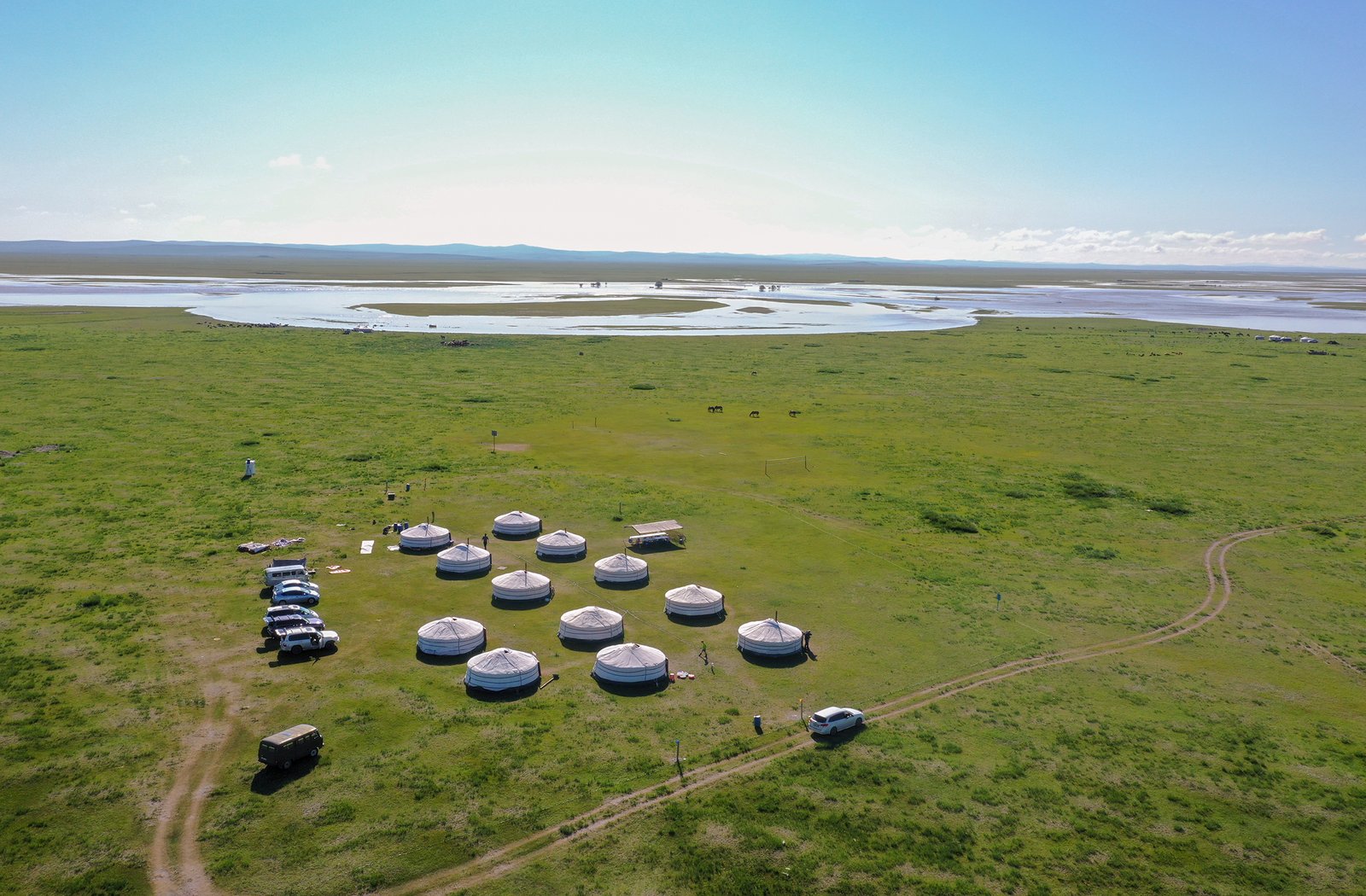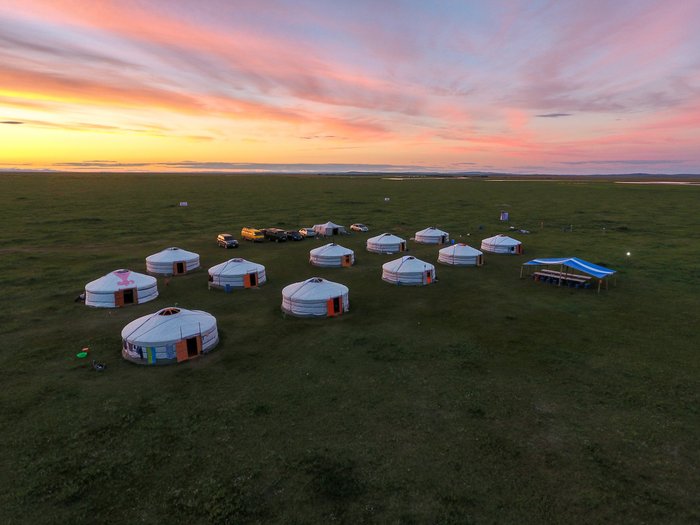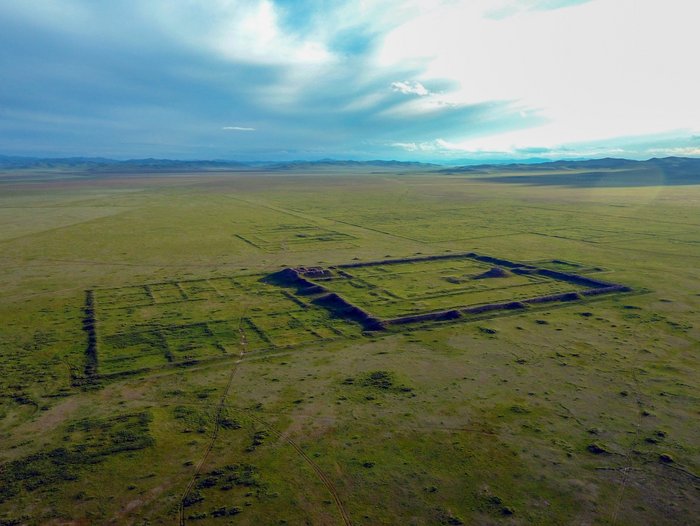Research Unit
Ulaanbaatar
With the generous support of the Theodor-Wiegand-Gesellschaft e.V., the DAI was able to purchase an apartment near the Archaeological Institute in Ulanbaatar in 2007. The KAAK research unit offers work spaces and accommodation for two to three scholars on long-term research stays and serves as a base for ongoing DAI projects.
History
Since the beginning of the 2000s, the DAI's Commission for Archaeology of Non-European Cultures (KAAK) has been conducting excavations in the ancient Mongolian capital Karakorum as part of the Mongolian-German Karakorum Expedition, initially in close cooperation with the Institute of Archaeology of the Mongolian Academy of Sciences and the Rheinische Friedrich-Wilhelms Universität Bonn.
Since 2007, the Orchon Valley World Heritage Site has been researched as part of the Mongolian-German Orchon Expedition cooperation, which includes the Mongolian Academy of Sciences, the National University of Mongolia and the Commission for Archaeology of Non-European Cultures (KAAK). The focus so far has been on the early Uyghur capital Karabalgasun. Another successful project by the DAI headquarters in collaboration with Russian and Mongolian scientists was the excavation of an ice kurgan in the Mongolian Altai (Olon Guuriin Gol) in the summer of 2006.
Due to these diverse undertakings, the DAI, together with the Institute of Archaeology of the Mongolian Academy of Sciences, decided to set up its own research unit in Ulaanbaatar. Thanks to a generous donation from the Theodor Wiegand Society, this research unit was opened on August 21, 2007 by the then President of the DAI, Prof. Dr. H. Parzinger, in the presence of the then President of the Mongolian Academy of Sciences, Prof. Dr. B. Chadraa, as well as the German then ambassador, Mr. Pius Fischer. It is intended to set an example for the presence of the DAI in Mongolia and for the declared intention to continue to participate in the archaeological research of Mongolia well into the distant future.




